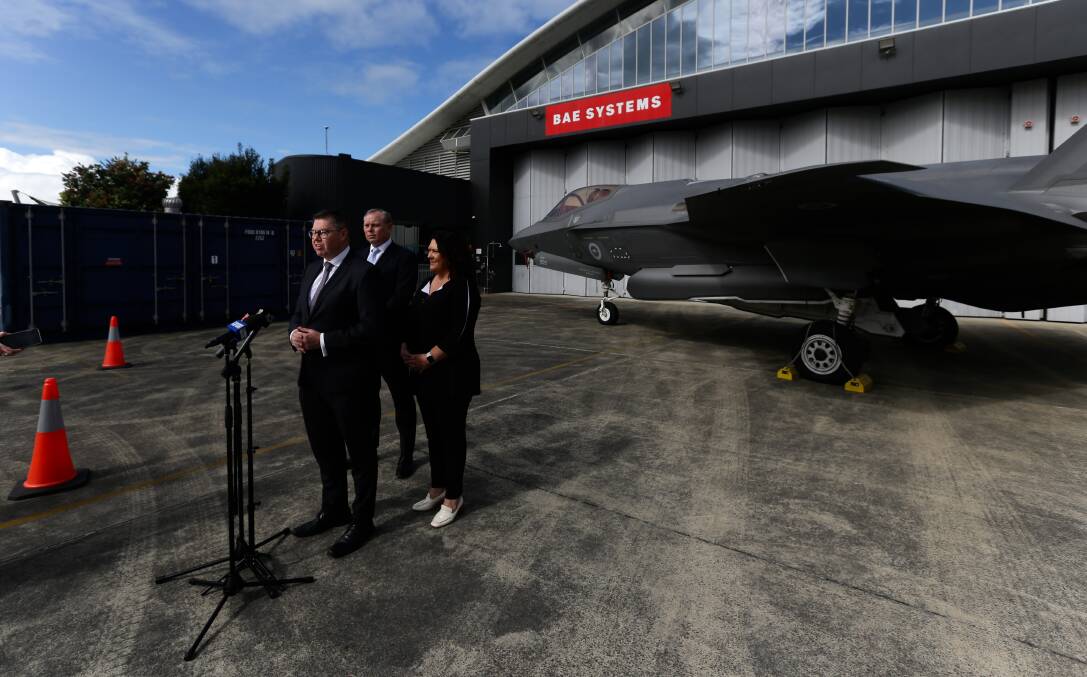Tuesday's announcement that the federal government will partner with its F-35 maintenance contractor on a $100 million coating facility at Williamtown is yet another example of the Hunter's increasing role in the nation's defence capability.
Spending a nine-figure sum on a workshop to paint planes is a reminder that Australia's defence requirements are becoming increasingly complex as it responds to evolving strategic challenges in the region.
The economic opportunities for the Hunter are unfolding rapidly.
BAE Systems Australia has a $100 million contract to maintain the RAAF's fleet of 72 F-35s at Williamtown.
The state-of-the-art jet fighters are made by Lockheed Martin, another company with a strong presence at Williamtown.
The Hunter has 700 workers involved in supporting the F-35s and Hawk training fighters.
Defence Industry Minister Pat Conroy's confirmation that Williamtown will be home to the $2.7 billion first phase of Australia's new integrated air and missile defence system will further position the Hunter as a centre for technological, and in particular defence, excellence.

Mr Conroy said on Tuesday that he was hopeful Hunter businesses would supply modules and parts for the AUKUS nuclear-powered submarines.
"It will be some of the most advanced manufacturing this country has ever seen, and there's no reason why Hunter companies can't supply very significant parts into that project," he said.
The new AIR6500 air and missile defence program will logically integrate with the AUKUS subs as part of Australia's forward defences.
Hunter Defence chair Tim Owen says AUKUS presents opportunities for Hunter businesses in areas such as high-tolerance machining and artificial intelligence.
Mr Owen will be in London next month for the Defence and Security Equipment International trade show, followed by meetings with representatives from Australia's AUKUS partners in the US and United Kingdom.
He told the Newcastle Herald that the Hunter's growing importance to the industry was a sign of the government's focus on sovereign defence capability.
Much of the new work revolves around replacing, modernising and integrating the Australian Defence Force's capabilities in areas such as AI, space systems, missiles and remote technologies.
Like the emerging renewable energy sector, the high-tech defence industry represents a significant development in a region facing economic transition away from mining.
It promises to help establish a highly skilled, well paid workforce into the future.
ISSUE: 39,986







